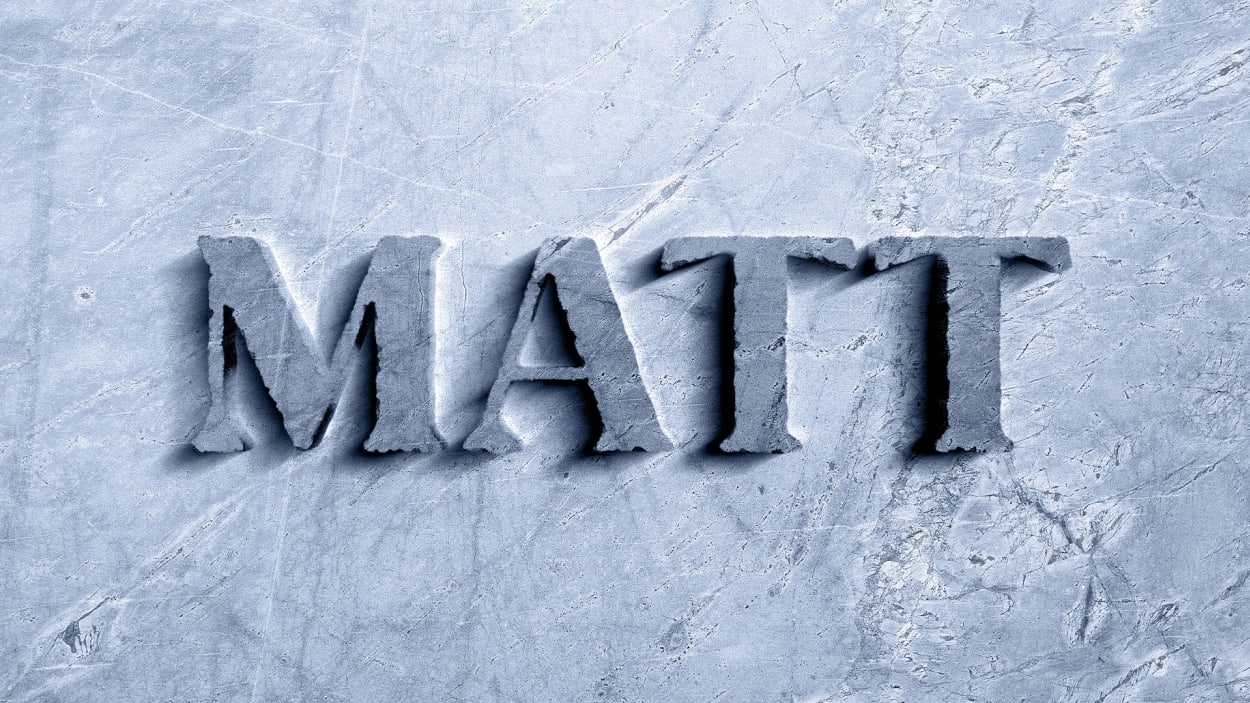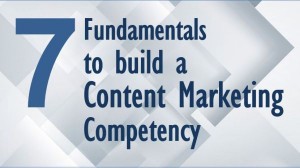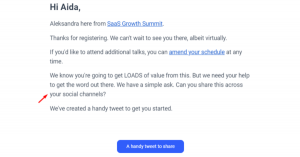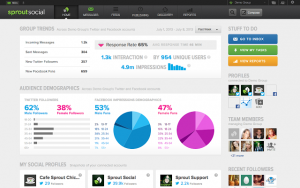By Matt Abrahams
The last time you were asked to introduce yourself, how did you feel? For introverts and extroverts alike, having all eyes focused on you at the team meeting, or introducing yourself to strangers at an in-person conference, can be anxiety-producing, leading to deer-in-the-headlights moments where you do little more than stammer out the verbal equivalent of your LinkedIn headline. Following a simple, three-part framework can make your introductions smoother, easier, and more memorable.
While there’s nothing inherently wrong with the standard, “Hi, my name is. . . . ” followed by your job title, it doesn’t do you any favors. It doesn’t help you to stand out the right way when you’re meeting people for the first time. A good introduction is like a movie trailer. It’s engaging, gets attention, and builds curiosity.
Getting the attention of those you work with matters if you want to stand out and leave a lasting impression. According to researchers, we’re more likely to remember what we’re interested in. So, if people forget your name, it may be because you simply haven’t given them a good reason to remember it.
Fortunately, there is a simple, easy-to-remember formula anyone can use to help navigate this often awkward and anxiety-provoking social ritual with confidence. It reduces part of your cognitive load, so you only need to focus on what you’re going to say, not how you are going to say it. I call this structure the “What?, So What?, Now What?” framework:
- State who you are and a few roles you fill. This is your “What.”
- Say what you’re excited about or interested in. This is your “So what.”
- Offer an invitation to the other person to continue the conversation. This is your “Now what.”
Let’s deconstruct a few examples to show how versatile and effective this structure is.
First, here’s how I would introduce myself in a general one-on-one encounter at work or in a professional setting:
- What: “Hi, my name is Matt and I’m super passionate about communication.”
- So what: “I love helping people express themselves more effectively.”
- Now what: “I’m excited to know what motivates you?”
Here’s an example of how you might introduce yourself if you’re a featured presenter at an event and are mingling with other attendees before your talk:
- What: “Hi, I’m so excited to be here with people who share my interest in marketing. I’m Julio.”
- So what: “Today I plan to discuss how you can hone and enhance your marketing messages to drive brand awareness.”
- Now what: “I’m curious about what you hope to get out of the conference today?”
And here’s an introduction suitable for when you’re attending an educational event, seminar, or conference:
- What: “Hello, I’m a software engineer, amateur bluegrass banjo player, and parent of twin 2-year-olds. My name is Anit.”
- So what: “I’m here at the conference to find some fun ways to incorporate music into kids’ education.”
- Now what: “What are you hoping to learn today?”
In each of these examples of the “What?, So What?, Now What?” framework, the most necessary information—your name—is presented, but it’s placed in a context that is more compelling and, therefore, more memorable. Additionally, by ending with an engaging question, you’re also opening up the conversation, showing the other person you care about them and their story.
One note: If you were to use these approaches in a group setting such as a team meeting, you’d want to change the “Now What” from a question to a statement. So, rather than saying, “What are you hoping to learn today?” you’d say, “I’m looking forward to hearing more about what you hope to learn today.” This adjustment shows your interest in others, while avoiding posing a general question to the group that might be met with awkward silence and people asking, “Was she talking to me?”

While many people treat an introduction as a mere formality, it can be a chance to give a gift to your conversational partner: an easy way to not only remember you, but also to continue the conversation. When you use a simple framework like “What?, So What,? Now What?,” you can take the pressure off yourself and launch your dialog or meeting in an engaging, purposeful manner.
Matt Abrahams is a lecturer at Stanford’s Graduate School of Business, the author of Speaking Up Without Freaking Out, and the host of Think Fast, Talk Smart The Podcast.
(3)








